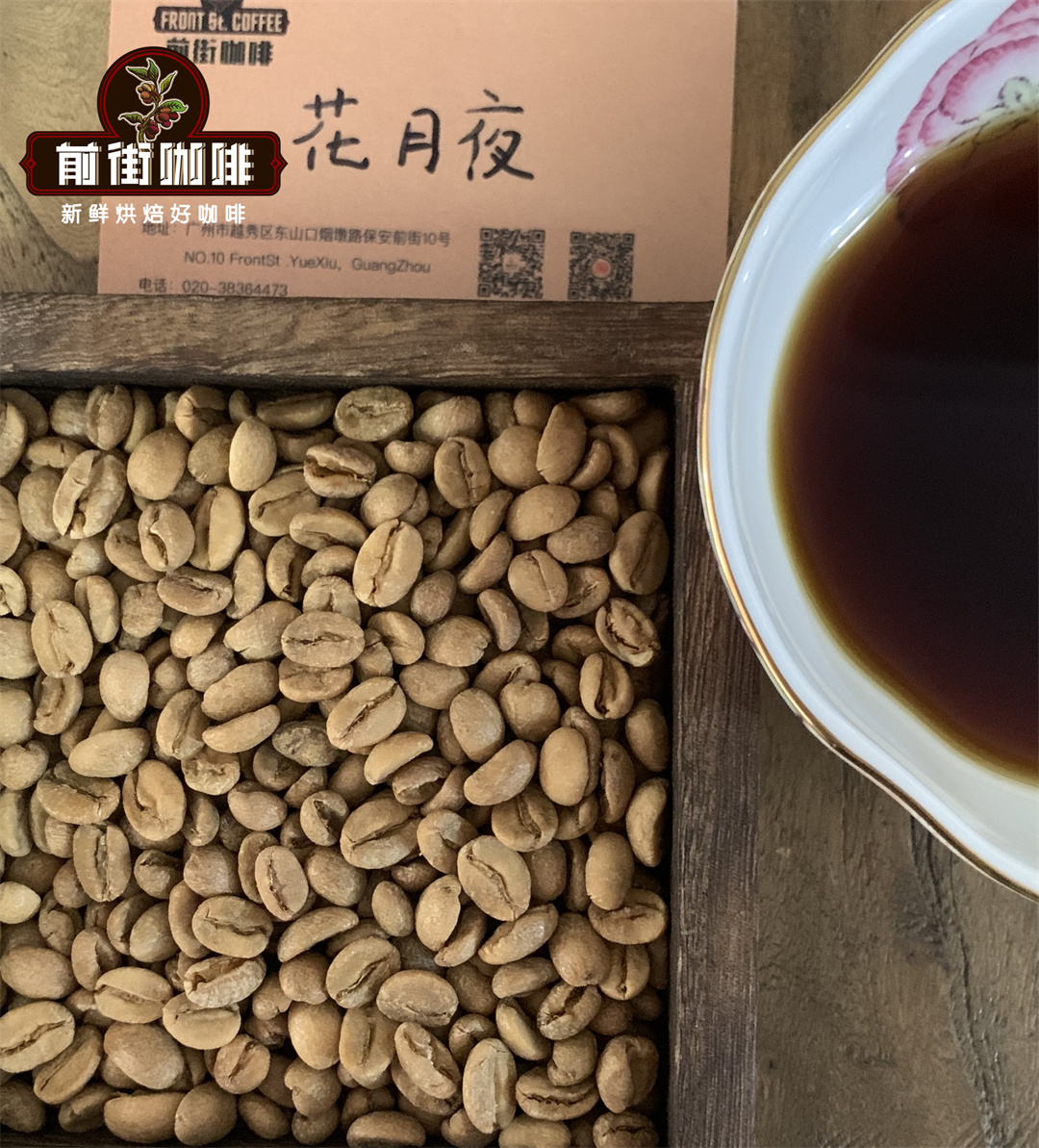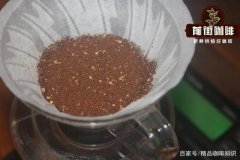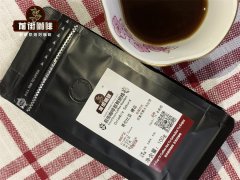What is the anaerobic treatment of coffee? what is the difference in the taste of coffee between anaerobic solarization and anaerobic washing coffee?
During this period of time, coffee processing doesn't seem to be anaerobic, so it can't be called innovation. In fact, anaerobic treatment is not sophisticated. Put the fresh coffee fruit in a stainless steel bucket with an one-way valve. As carbon dioxide is released, oxygen is constantly replaced, which is anaerobic; putting fresh fruit in a sealed bag and draining excess air is also anaerobic.
Therefore, the difficulty of anaerobic is not how to achieve. It's about how to control and manage. At the beginning of everything, anaerobic fermentation to a certain extent, due to the reduction of oxygen participation, must bring out a walnut-like flavor. More and more people found this, and slowly, the major producing areas of the world rushed to follow suit, and anaerobic treatment became popular all over the world.
Anaerobic treatment, in addition to bringing a specific flavor, actually has the opportunity to bring a dense touch, as well as a sweeter aroma, which makes the coffee "sweeter". Back to what I just said, the core is not the use of anaerobic. But the control of the degree of anaerobic fermentation is the key.
When it comes to the flavor of anaerobic coffee, just take a look at Qianjie Coffee, a few anaerobic coffee beans from Colombian boutique coffee. You know, Colombia has 11 different elevations, each with a unique flavor that can't be matched anywhere else in the world.

These Colombian coffees are:
Columbia Flower Moon Night, coffee is treated in the anaerobic sun, brewing flavor with strawberry jam, fermented wine and chocolate. Columbia Rose Valley, coffee treatment belongs to anaerobic enzyme washing and brewing flavors of roses, peaches and chocolates. The other is Colombian cherry blossoms, which is treated with double anaerobic washing and boiled with moxa, berries, fermented fragrances, spices and strawberry jam.
Important Notice :
前街咖啡 FrontStreet Coffee has moved to new addredd:
FrontStreet Coffee Address: 315,Donghua East Road,GuangZhou
Tel:020 38364473
- Prev

The practice of boutique coffee, the origin story of hand-brewed coffee and the basic teaching of making it.
Handmade coffee is hand-brewed coffee in the early 20th century, Ms. Merita, a German woman, was not satisfied with the taste of coffee brewed in a percolation pot and the coffee grounds in the cup, so she began to develop alternative brewing methods. She pokes a hole in the metal can with a nail and cooks the coffee with blotting paper. The finished coffee is less bitter than the coffee brewed in the percolation pot, and there is no coffee grounds to make trouble. Melita applied for a special application for this filter.
- Next

How do you drink Colombian coffee? is Colombian coffee suitable for espresso or hand-brewed coffee?
Colombia produces some of the best coffee beans in the world. Balanced, mellow, smooth and full-bodied, with delicious aromas of fruit, caramel, bright acidity and a lingering finish, these unroasted raw coffee beans are available. Colombian raw coffee beans can be roasted deep without becoming bitter, making them ideal for making espresso and milk drinks such as macchiato and cappuccino
Related
- Beginners will see the "Coffee pull flower" guide!
- What is the difference between ice blog purified milk and ordinary milk coffee?
- Why is the Philippines the largest producer of crops in Liberia?
- For coffee extraction, should the fine powder be retained?
- How does extracted espresso fill pressed powder? How much strength does it take to press the powder?
- How to make jasmine cold extract coffee? Is the jasmine + latte good?
- Will this little toy really make the coffee taste better? How does Lily Drip affect coffee extraction?
- Will the action of slapping the filter cup also affect coffee extraction?
- What's the difference between powder-to-water ratio and powder-to-liquid ratio?
- What is the Ethiopian local species? What does it have to do with Heirloom native species?

